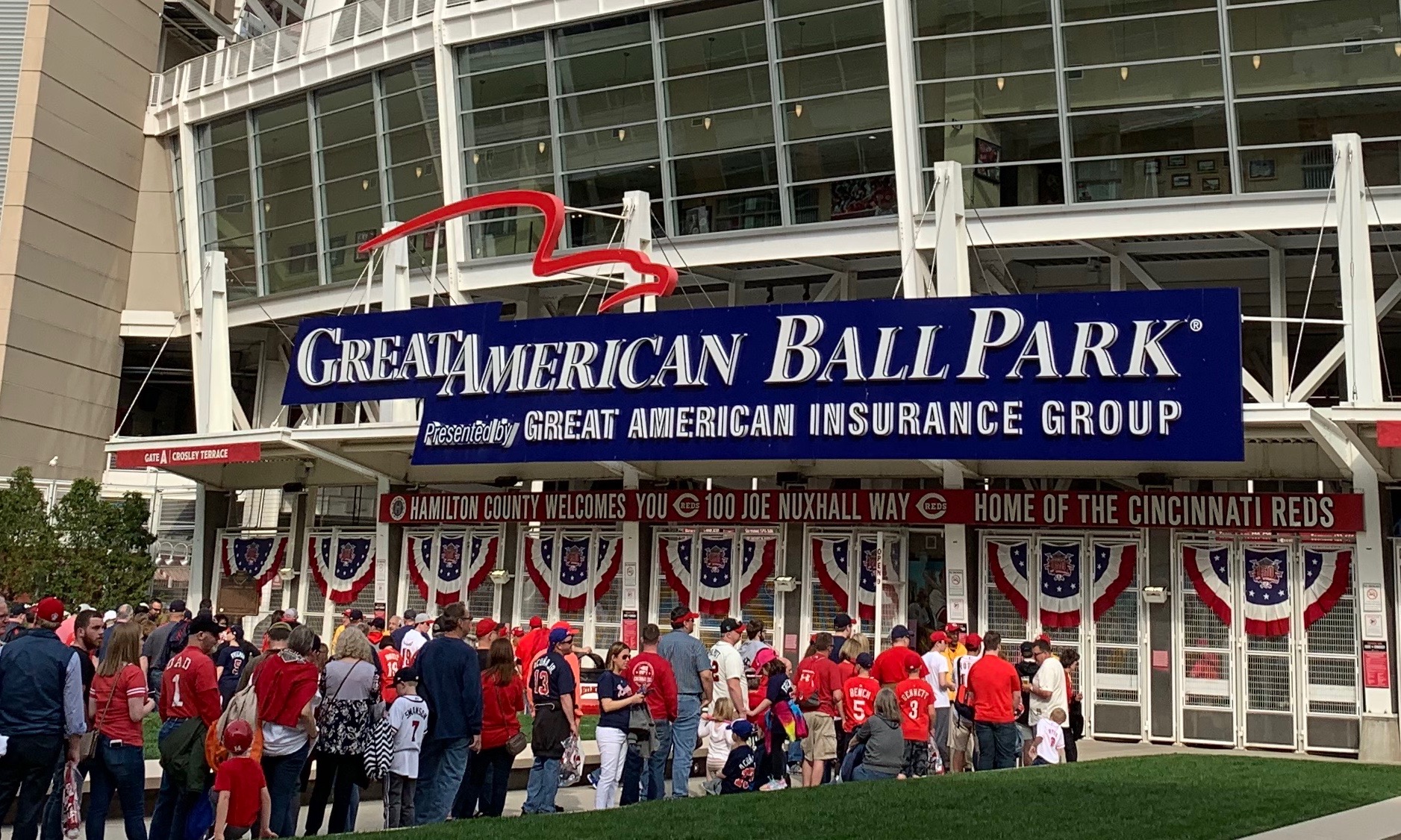
With the July 31 trade deadline approaching, the Cincinnati Reds ownership and front office face an important next 30 days. The all-important question being: Should the Reds be a buyer or seller? Depending on what you read, you’ve run across the case for one or the other formula.
The right answer is both.
The Reds must be buyers and sellers. The club should look for opportunities to trade away players that will become free agents at the end of 2019 while at the same time shop for new pieces that will help them in and beyond 2019.
A successful month for Dick Williams, Nick Krall, David Bell and their staff requires they accomplish both.
No one trade is likely to accomplish those dual goals. Trading partners looking for final pieces of their post-season puzzle aren’t going to part with players contributing to that effort. Teams looking to shed salary by moving players in their arbitration years won’t be interested in rentals.
If the Reds succeed, will that look like?
The Reds may unload players like Yasiel Puig and Tanner Roark for little more than organizational depth. In isolation, those trades will smack (in two ways) of the pure rebuilding we’ve seen for a few years now. But at the same time, the Reds would add important players with multiple years of team control. Those moves will cost prospects, maybe a major league relief pitcher, and look like buying.
It’s easy to imagine how that might look like the front office lacks direction or resolve. That judgment would be wrong. If the front office can pull off trades of each kind, it would be a great accomplishment and exactly what the team needs.
It has been said that Reds fans deserve a front office with an aggressive approach to making deals. In recent days, Dick Williams has been reported to have indicated as much.
Of course, that should be the case every trade deadline and off-season.
Instead, Reds fans have witnessed plenty of inaction since 2013. For a couple years, ownership, and by extension the front office, was guilty of holding on to good players too long. Motivation for that ranges from All-Star games, to falling in love with players you see every day, to undue optimism and more. But the end result was an organization that waited until its tradable assets had lost most of their value. That idleness squandered the Reds chance to avoid a deep and patience-unraveling rebuilding process.
More recently, we experienced the not letting go of Matt Harvey because of “positive momentum” or some other pathetic nonsense.
It would be as big a miscalculation for Reds ownership and front office to over-correct now and start shedding assets for short-term gain based on the far-off notion that an all-in posture will bring about a 2019 play-in game.
What Reds fans really deserve from the front office is smart.
Here’s the lesson to learn from the recent past. Almost every successful major league organization turns over its roster. The few exceptions are clubs that are locks to contend for the World Series. Mid-market teams like the Cardinals and Brewers practice a deft combination of buying and selling at the same time. They cycle players in and out.
That’s what the Reds must accomplish over the next 30 days. That would be aggressive and smart. It’s not a choice between buying and selling. The imperative is to do both.
That brings us to today and the new trade deadline rules. As of 2019, there is one major league trade deadline: July 31, at 4 p.m. In previous seasons, players could be traded for another month if they cleared revocable waivers.
After August 31, trades could be made throughout September, but the acquired players are ineligible for the post-season roster. This is still the case. In 2010, because of late season injuries to Laynce Nix, Jay Bruce and Chris Heisey, the Reds traded for Willie Bloomquist on September 13.
In 2019 clubs face a single cut-off date. That should create greater urgency and focus throughout July. Front offices may finish deals earlier. We’ve already seen a couple former Reds move to contenders. Jay Bruce landed in Philadelphia and Edwin Encarnacion is now a New York Yankee.
The standings might encourage more trades. Several first-place teams have opened wide leads in their division and might feel confident to start shopping for those final post-season pieces. Likewise, clear bottom-dwellers, with 100-loss seasons on the horizon, are free to reshape rosters and save their owners cash.
The Reds reside in a major league in-between.
The month of June didn’t bring the Reds easy clarity. They aren’t a runaway top-tier team nor are they headed once again to baseball’s dark basement. Yes, the Reds have a chance to make the post-season as a Wild Card team. If everything breaks just right with performance and health, the Cincinnati Reds could qualify for the 50-50 play-in game. FanGraphs puts the chance at 8% as of today. That’s eight times out of a hundred.
Fans don’t have to be clear-eyed about that. But the front office does.
2019 will be a season of clear progress for the Reds. But it will fall short of a miraculous breakthrough to the post-season. The Reds brass needs to act with that understanding during the next month. This isn’t the time to add pricey rental players to make a run. Nor should the Reds be resigned to more-of-the-same shedding, pushing the time horizon for success ever further into the future.
Bottom line: Reds fans should expect the front office to be active. We shouldn’t expect the team to accomplish all its goals with a single trade, because it can’t. Each trade will help in one direction or another. On the evening of July 31, the front office has to be judged on the totality of its moves.


